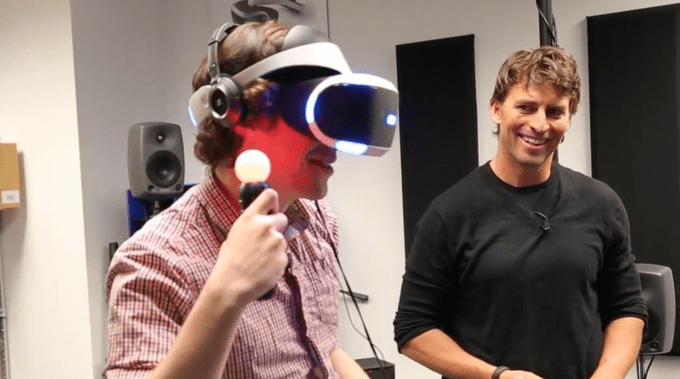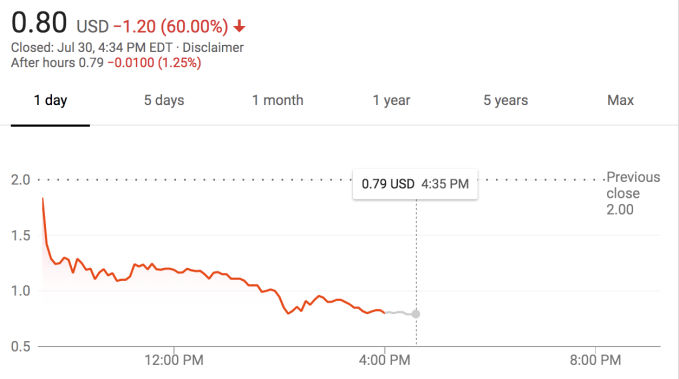Uber is shuttering its self-driving trucks unit, a beleaguered program borne out of the company’s controversial multi-million acquisition of Otto nearly two years ago.
The company said Monday the Uber Advanced Technologies Group will stop development of self-driving trucks and instead focus its efforts on self-driving cars.
“We recently took the important step of returning to public roads in Pittsburgh, and as we look to continue that momentum, we believe having our entire team’s energy and expertise focused on this effort is the best path forward,” Eric Meyhofer, head of Uber Advanced Technologies Group, said in an emailed statement.
Uber Freight, a business unit that helps truck drivers connect with shipping companies, is unaffected by this decision.
“Rather than having two groups working side by side, focused on different vehicle platforms, I want us instead collaborating as one team, according to an email reviewed by TechCrunch that was sent by Meyhofer to employees. “I know we’re all super proud of what the Trucks team has accomplished, and we continue to see the incredible promise of self-driving technology applied to moving freight across the country. But we believe delivering on self-driving for passenger applications first, and then bringing it to freight applications down the line, is the best path forward. For now, we need the focus of one team, with one clear objective.”
Uber’s self-driving trucks unit is based in San Francisco, while the team dedicated to self-driving cars is located in Pittsburgh. Uber says it will pivot employees focused on self-driving trucks to other work that supports its ongoing development of self-driving technology. If there isn’t a comparable role, Uber will offer relocation to Pittsburgh or a separation package to support the transition.
Uber ATG is going to continue to investigate approaches to highway driving using the car platform, and is going to keep its relationship with truck manufacturers intact. The company may return to self-driving trucks, but only after it has developed the foundation of the self-driving system.
Uber ATG will continue its in-house development of light detection and ranging radar known as LiDAR. This tecnology, which would later be at the heart of a lawsuit between Uber and Waymo, measures distance using laser light to generate highly accurate 3D maps of the world around the car.
Uber’s self-driving truck efforts have been plagued by controversy since its beginning. Uber bought Otto, the self-driving trucks startup founded by former Google engineer Anthony Levandowski and three others including Lior Ron, who was head of product at Google Maps, in August 2016 for $680 million. (Later reports suggest the actual pay out might have been as low as $220 million)
As part of the acquisition, Levandowski became head of Uber’s self-driving car research.
Two months later, the company enjoyed a moment of glory that received a lot of media attention: a self-driving truck that drove 120 highway miles along a route in Colorado with a trailer full of Budweiser.
But the buzz around the size of the Otto deal and its self-driving truck run in Colorado would soon be replaced with a different, more unwelcoming kind of attention.
Nine months after the acquisition, Uber was embroiled in a trade secrets lawsuit with Waymo, the former Google self-driving project that spun out to become a business under Alphabet. Waymo accused Levandowski of hatching a plan to use trade secrets related to Waymo’s in-house development of LiDAR tech and use it to kickstart Otto and ultimately, Uber’s own self-driving technology program.
The lawsuit, filed against Otto and its parent company Uber in February 2017, alleged patent infringement and stealing trade secrets. The lawsuit made a number of allegations specifically against Levandowski, including that he downloaded more than 14,000 confidential and proprietary files shortly before his resignation. Waymo contended that Otto and Uber were using key parts of its self-driving technology, specifically related to LiDAR.
Uber would later fire Levandowski.
The case did go to trial in February 2018, but before a jury would weigh in the two parties reached a settlement agreement. Uber agreed to not incorporate Waymo’s confidential information into their hardware and software. Uber also agreed to pay a financial settlement that includes 0.34 percent of Uber equity, per its Series G-1 round $72 billion valuation. In other words, Waymo got about $244.8 million in Uber equity.





